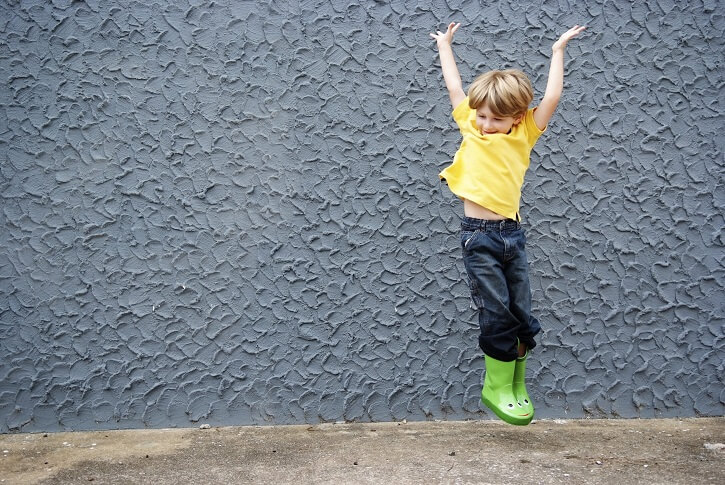Resilience, according to researcher Ann Masten, is the ability to bounce back from difficult and disruptive events through “the everyday magic of ordinary, normative human resources in the minds, brains, and bodies of children, in their families and relationships, and in their communities.”
The process of resilience occurs at an individual level, as people recover from traumatizing or challenging events and continue to pursue health, happiness, and growth, despite difficulties.
In communities, resilience can occur when groups of people continue working toward recovery during natural disasters or during the substance abuse recovery of their loved ones. When a community is struggling with mental health, substance abuse, or similar issues, resilience is not only beneficial, but necessary.
Why do you need resilience?
Resilience is important for several reasons. It helps people be more adaptable in the face of traumatic or tough events and increases the speed and quality of an individual’s recovery from challenges.
This means that resilience can help children during potentially challenging life transitions such as adolescence as well as during challenging life events such as moving to new homes, changing grades, and even grieving the loss of a pet.
In addition, resilience can assist people of all ages cultivate a deeper sense of gratitude for their family, friends, and other factors after they have overcome stressful situations.
Finally, we need resilience because it allows us to move forward from difficult or traumatic circumstances efficiently and effectively. This progress can help both adults and children return to the things that they enjoy after a struggle.
5 ways to teach resilience to your kids
1. Model resilience, grit, and optimism as a family. There are many ways to help your kids cultivate resilience. One of the best ways is by modeling it yourself. Kids learn by watching trusted adults. You can’t expect your child to gain resilience without first demonstrating it in your own behavior. A part of modeling resilience for your children is openly discussing your own failures and challenges in age-appropriate manners so they see that it’s okay to make mistakes and learn from them.
2. Advocate for early screening and assessments. Professionals who help clients build resiliency benefit from early screenings and assessments. Advocating for the same for your children can lead to greater degrees of resilience. By teaching your children that they deserve to address problems promptly and extensively, you’ll show them that part of resilience is facing issues in a straightforward, transparent manner.
3. Find help for issues as they arise. The National Institutes of Health also recommends seeking help for problems quickly as a step towards building resilience. No matter what problems your family faces, it’s crucial to show your child that you seek assistance. Demonstrating this can teach them that they’re not expected to do everything on their own without outside assistance.
4. Identify sources of pleasure and joy. Another way we can build resilience is by finding hobbies, tasks, and spaces that bring us joy and incorporating those things into our lives. When we think of resilience, we often consider the ways we try to cope with negative or unwanted stressors in our lives. Learning to tolerate distress and do difficult things can teach your child about resilience. Play and fun can increase resilience by offering a reprieve from stress and give the body and the mind chances to recover and relax.
5. Build healthy relationships and connections. Whether you are cultivating healthy connections within the family unit or outside in the community, strong, healthy relationships are a key component of developing resilience in children and adults. According to the Mayo Clinic, fostering healthy connections is crucial to developing resilience in ourselves and our children. Healthy relationships provide support, assistance through bad times, and acceptance.
By maintaining healthy relationships, identifying sources of pleasure, finding prompt help for issues, screening for problems early, and modeling resilience as a family, we’re modeling a resilient life for our children. Since children watch our actions, this guidance can help them find their own resilience and path.
Pamela Zuber has been a writer and editor at Sunshine Behavioral Health since 2016. Her writing has appeared on several websites as well as in numerous reference books and databases. After earning a degree in English and communication from the University of Michigan and a history degree from Oakland University, she continues to learn and apply her newfound knowledge to her writing. She hopes her work can inform readers, help them find assistance, and eliminate stigmas about addiction and mental health conditions.
Sources
samhsa.gov – Childhood Resilience
samhsa.gov – Building Community Resilience
orwh.od.nih.gov – 7 Steps to Manage Stress and Build Resilience
sunshinebehavioralhealth.com – New York Rehab and Addiction Resources
stopbullying.gov– Help Children Build Resilience
thenationalcouncil.org – Trauma-Informed Resilience Oriented Care
phe.gov – Individual Resilience
mayoclinic.org – Resilience: Build Skills to Endure Hardship





